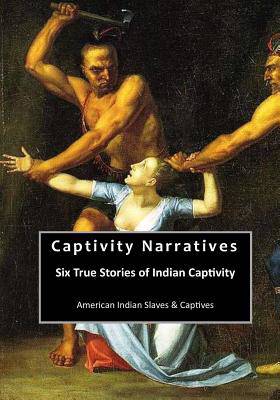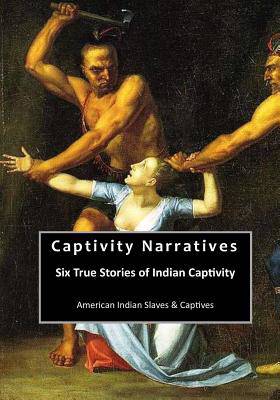
- Retrait gratuit dans votre magasin Club
- 7.000.000 titres dans notre catalogue
- Payer en toute sécurité
- Toujours un magasin près de chez vous
- Retrait gratuit dans votre magasin Club
- 7.000.0000 titres dans notre catalogue
- Payer en toute sécurité
- Toujours un magasin près de chez vous
Captivity Narratives
Six True Stories of Indian Captivity
Mary Rowlandson, James Smith, Francesco Giuseppe Bressani
22,45 €
+ 44 points
Description
Captivity Narratives - Six True Stories of Indian Captivity - American Indian Slaves & Captives. Captivity narratives are stories of people captured by enemies whom they generally consider "uncivilized." Traditionally, historians have made limited use of certain captivity narratives. They have regarded the genre with suspicion because of its ideological underpinnings. As a result of new scholarly approaches, historians with a more certain grasp of Native American cultures are distinguishing between plausible statements of fact and value-laden judgements in order to study the narratives as rare sources from "inside" Native societies. Contemporary historians such as Linda Colley and anthropologists such as Pauline Turner Strong have also found the narratives useful in analyzing how the colonists constructed the "other", as well as what the narratives reveal about the settlers' sense of themselves and their culture, and the experience of crossing the line to another. Colley has studied the long history of English captivity in other cultures, both the Barbary pirate captives who preceded those in North America, and British captives in cultures such as India, after the North American experience. Accounts of captivity narratives based in North America were published from the 18th through the 19th centuries, but they were part of a well-established genre in English literature. There had already been English accounts of captivity by Barbary pirates, or in the Middle East, which established some of the major elements of the form. Following the American experience, additional accounts were written after British people were captured during exploration and settlement in India and East Asia. INCLUDES: A Narrative of the Life of Mrs. Mary Jemison, Who was taken by the Indians, in the year 1755, when only about twelve years of age, and has continued to reside amongst them to the present time. By James E. Seaver. Narrative of the Captivity and Restoration of Mrs. Mary Rowlandson By Mrs. Mary Rowlandson. Captives Among the Indians, First-hand Narratives of Indian Wars, Customs, Tortures, and Habits of Life in Colonial Times Edited by Horace Kephart Col. James Smith's Life among the Delawares, 1755-1759. The Narrative of Francesco Giuseppe Bressani, S.J., relating his captivity among the Iroquois, In 1644. Capture and Escape of Mercy Harbison, 1792. The Indian Captive: A Narrative of the Adventures and Sufferings of Matthew Brayton - In His Thirty-Four Years of Captivity among the Indians of North-Western America
Spécifications
Parties prenantes
- Auteur(s) :
- Editeur:
Contenu
- Nombre de pages :
- 244
- Langue:
- Anglais
- Collection :
Caractéristiques
- EAN:
- 9781514350522
- Date de parution :
- 14-06-15
- Format:
- Livre broché
- Format numérique:
- Trade paperback (VS)
- Dimensions :
- 178 mm x 254 mm
- Poids :
- 430 g

Les avis
Nous publions uniquement les avis qui respectent les conditions requises. Consultez nos conditions pour les avis.






